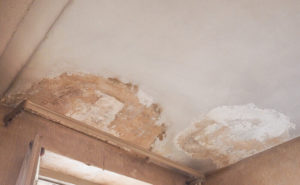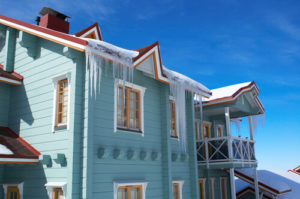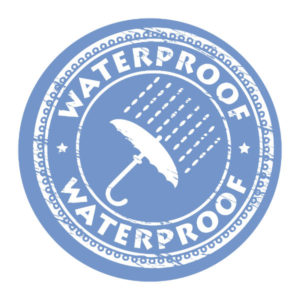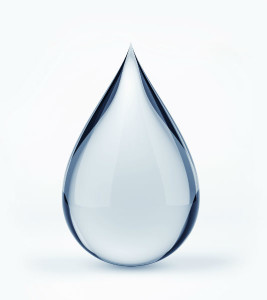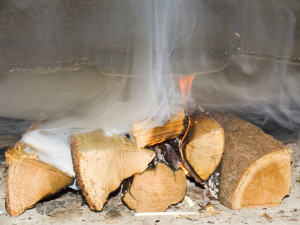Start Your Year Off Right With an Inspection
So you’ve put all of your holiday decorations away. You’re in the thick of winter hibernation but not quite ready for spring cleaning. If you’re a home or business owner with a fireplace, it is worth your safety and investment to schedule an inspection now. Don’t wait until spring for necessary and life-saving maintenance. Chief Chimney Services offers inspections year-round, but if your system hasn’t been inspected in the last year, a winter appointment will keep your home and family safe.
 Chimney Inspections for Safety
Chimney Inspections for Safety
The National Fire Protection Association (NFPA) states that chimney systems that are inspected annually and cleaned regularly are the safest and most efficient. We are in the business of chimney safety and that is why we offer NFPA level 1 and level 2 chimney and fireplace inspections. Your chimney exterior, fireplace or appliance, and interior flue should be inspected annually under the best of circumstances, but there are other reasons to schedule an inspection.
- After a serious storm, earthquake, or tornado. Any situation that can affect the soundness of your chimney system is a reason to schedule an inspection. Even a situation that doesn’t seem to change anything noticeable can create hidden dangers.
- After a fire. Whether you have experienced a flue fire that affected the rest of your house or a fire that went unnoticed, it likely caused damage. An inspection by a professional will catch cracks, gaps, voids, and other damage.
- When a change has been made to the system, including repairs or installations. An inspection must be completed to determine the correct installation and proper chimney function.
- Before the sale or transfer of property. Because a standard home inspection only includes a general overview of the chimney system, a chimney inspection by a certified professional is the only way to properly determine the state of the chimney system.
If your chimney hasn’t been inspected in the last twelve months, since last burn season, or ever, it’s time to schedule the basic level one inspection to determine safety before use. If you’re already using your fireplace this winter without an inspection, every time you light the fire it puts your home and family at risk. Schedule a basic level one inspection today.
Chimney Inspections in Suffolk County
If you reside in or around Suffolk County and need a chimney inspection, you can join the countless homeowners in Long Island who put their trust in Chief Chimney Services year after year. When your system has been used in the same way with no problems, a level one inspection should be scheduled. This basic level one inspection includes a thorough examination of the readily-accessible portions of the chimney and appliance. It determines basic structural soundness, checks for flue obstructions and creosote levels, and evaluates the condition and installation of the entire system. Scheduling your level one inspection annually prevents problems that lead to a level two inspection—requiring more money, more time, and possible repairs.
In the event of a necessary level two inspection, your technician will do everything included in a level one inspection in addition to all accessible parts of the system, inside and outside. Your technicians may need access to basements or attics and will use video equipment to get an up-close look at the interior of the flue.
Safer Homes in Suffolk County
Winter is made dangerous by dangerous chimneys. House fires are at their peak in January, and the majority of these fires are preventable. Don’t put your home or your property at risk by waiting. Start the New Year off on the right foot by ensuring your home is safe and sound with an annual chimney inspection.
Chief Chimney Services is a family-run company that strives to put families first. Chimney safety is so important to us and the families we serve that all of our technicians are CSIA Certified Chimney Sweeps. That means that each of us undergoes training and testing outside of our ongoing work with our customers. In fact, we complete and pass a thorough examination over national fire safety codes and chimney science—a certification that we repeat every three years to stay up to date on the best technologies, advancements, and code changes in the industry.
Do you reside in Suffolk County and need an inspection this year? Once your system is inspected, it is good to go until next year. A clean report from your chimney expert will mean a safer fire this winter, less likelihood of winter damage during these months, and prevent chimney leaks and animal intrusions this spring. Don’t put it off any longer. Schedule your chimney inspection today and save money tomorrow.
While you’re making plans to complete chimney maintenance this winter and spring, don’t forget the other service we provide at Chief Chimney Services. Clean up the chimney after a winter of fires with a chimney sweep. Protect the masonry from water penetration by scheduling waterproofing services before the spring. Planning a spring or summer wedding? You can even schedule a lucky chimney sweep to attend!
Not sure exactly what you need? If you have a chimney system, call Chief Chimney Services and we can help.

